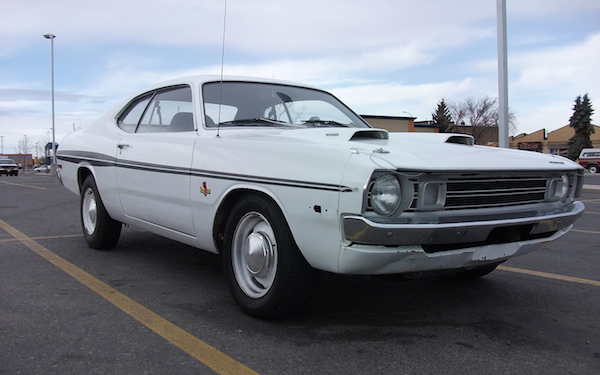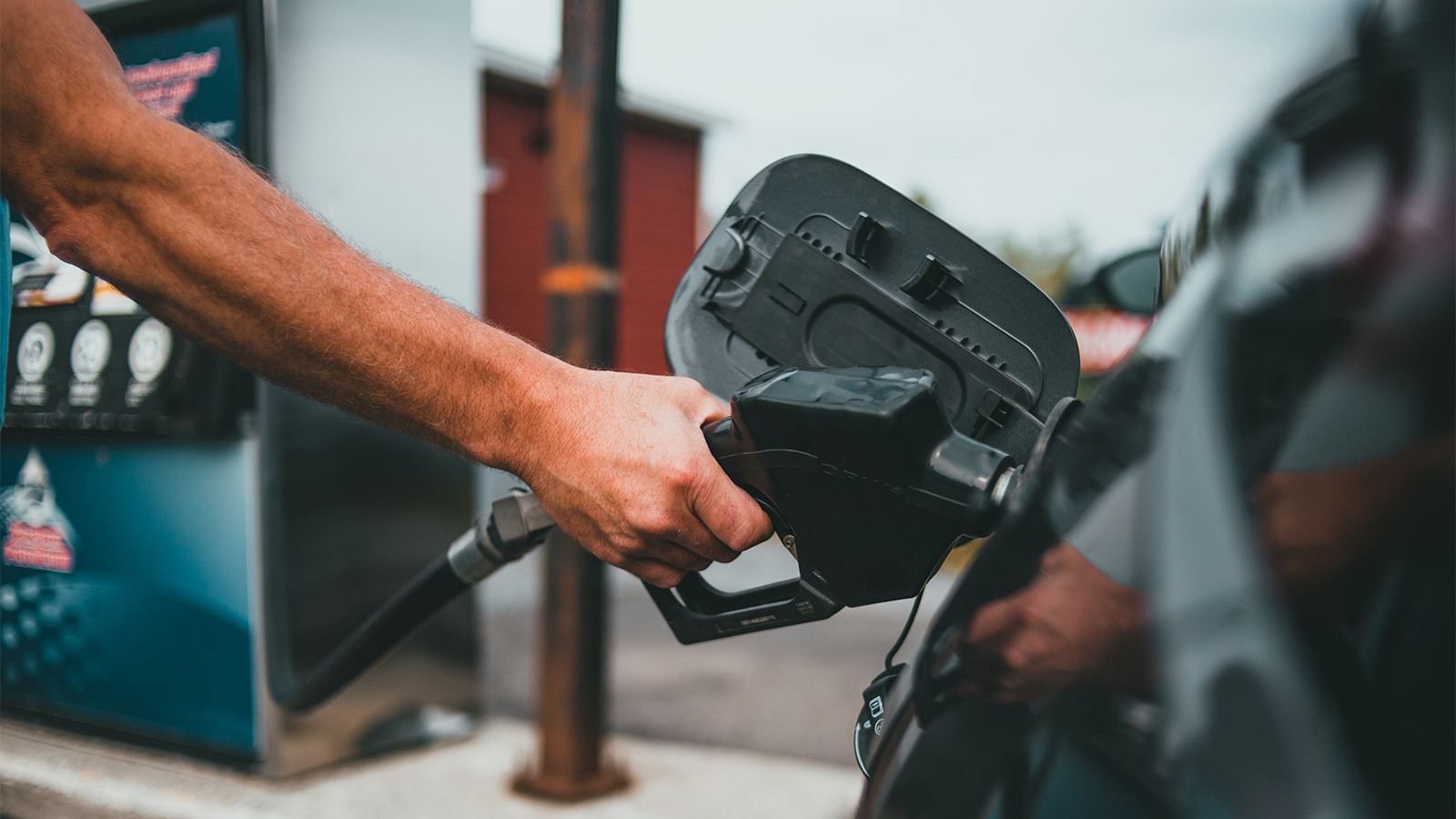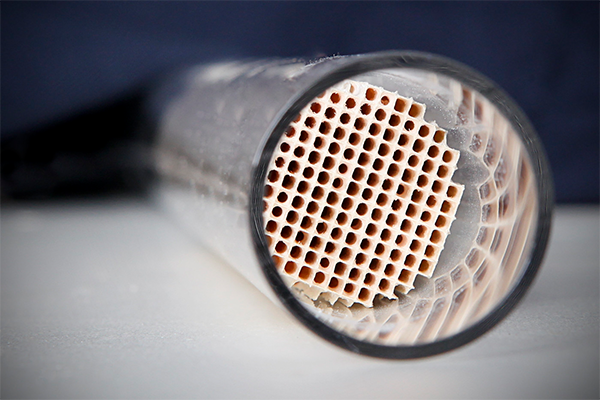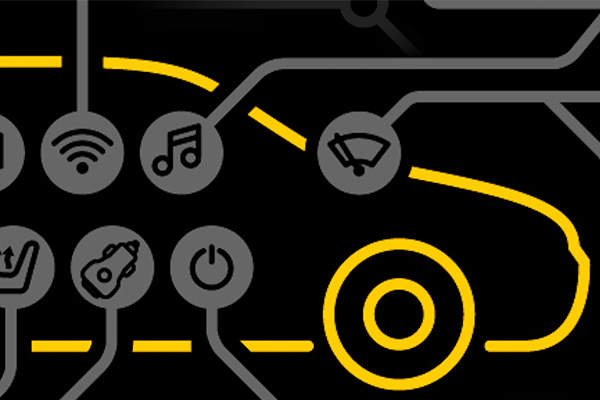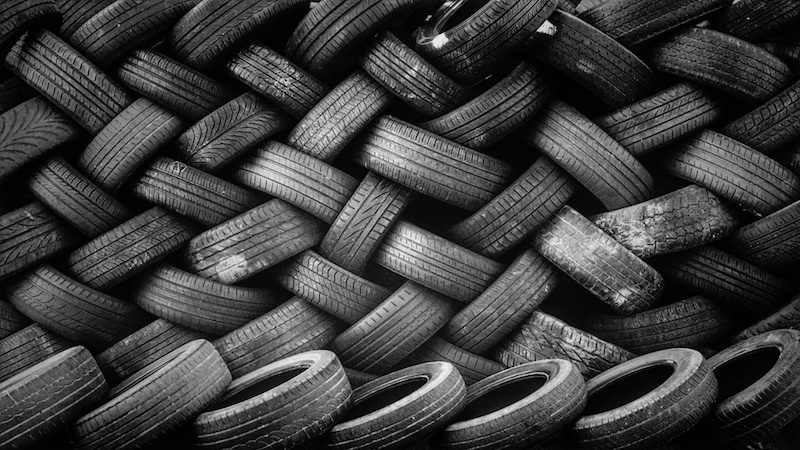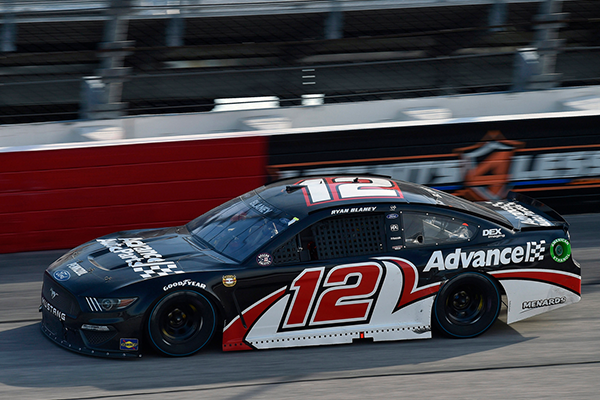Dodge Demon. Chevy Corvette ZR1. Shelby GT500. Aston Martin DB7. We've covered how a turbocharger works, so now we're taking a look at the other side of forced induction: the supercharger. Found under the hood of everything from high-end exotics and classic big block show cars to your buddy's high school MR2. Here's everything you should know about superchargers.

Source | priceman 141/Flickr
Supercharged History
Belt-driven blowers have been around longer than the automobile, with designs written down as far back as the 1840s and in use during the 1860s in industrial applications. Daimler even threw one on some of his first cars in the 1880s, but they didn't reach limited factory production until the roadsters of the roaring '20s. Like a lot of automotive tech, such as mechanical fuel injection and disc brakes, superchargers first found mass production appeal on airplanes during WWII.
By then, aircraft engine performance was a matter of life and death, with fighters and bombers reaching ever higher altitudes to one-up their enemy. With lower oxygen and thinner air at increased altitudes, performance suffered. The engineering solution was the supercharger and it made the airplanes and engines legendary, like the two-stage supercharged Merlin V12 in the P-51 Mustang. The blowers of WWII machines definitely increased performance, and auto manufacturers and racers took notes for after the war. From the '50s on, everyone tried them. Superchargers were available as factory options on Studebaker and Kaiser in the '50s, and Ford Thunderbird in the '80s. By the '90s, factory superchargers were everywhere, under the hoods of even the Buick Park Avenue, Mazda Millenia, and Toyota Previa minivan.

Toyota Previa
How a Supercharger Works
A supercharger is just a mechanically driven way to pressurize intake air, thus increasing the density of the air. More air means more fuel, resulting in a more powerful combustion that we recognize as increased horsepower. The supercharger is driven directly by the engine crankshaft, either with a belt, chain, gears, or driveshaft. Thanks to the direct connection, there is a correlation between engine speed and blower speed. As the crankshaft spins, it turns a belt that spins another pulley on the supercharger. That one is connected to the internal rotors inside the case. These compress air and force it into the engine's intake manifold. It might have been a while since high school physics, but compression heats up molecules, so an intercooler is sometimes used to bring temperatures down before the air gets to the intake manifold.
That's the difference between a supercharger and a turbocharger—with a turbocharger system, the forced air induction is driven by exhaust gases. Turbochargers have the advantage of less parasitic drag on the engine, since there's no belt-driven blower mechanism, but they suffer from "turbo lag" before boost kicks in and are less responsive than superchargers at low RPMs.
Driving a supercharged vehicle, you'll notice the power delivery down low in the power band. Since there's no buildup of gasses like a turbo, you get the extra power right now. This gives the impression of a bigger engine with all its instantly available torque. Replacing the factory pulley with a smaller aftermarket unit is a common upgrade. The smaller pulley spins faster, in turn spinning the rotors faster for more boost.
Different Types of Superchargers
Positive displacement
Usually topped by massive four-barrel carburetors, this type of supercharger looks like a giant transfer case sitting on top of the engine block. This big guy is a Roots blower, the most common aftermarket example of a positive displacement supercharger. The carbs feed the two straight rotors housed in the case. The rotors have two or three lobes that act as scoops to capture air and compress it in the bottom of the case before sending it on to the intake manifold. A roots-style blower is what you would find on Courtney Force's NHRA Funny Car. A similar-looking version is the Eaton style, found on the less racy Pontiac Grand Prix GTP.
Another version of positive displacement is the Lysholm twin-screw supercharger, found on the Ford GT supercar and SVT Lightning pickup. These have two rotors that are helically wound together, like two giant screws. When they rotate, the screws mesh tightly together and compress the air internally for an efficient air charge. Manufacturers say this results in better performance, but they aren't as common due to the complex and expensive design.
While PSIs of boost is the standard measure for turbochargers, superchargers are also designated by their capacity rating. For instance, GMC's 6-71 supercharger can scavenge six cylinders of 71 cubic inches of air each with each revolution. GMC blowers ranging from 6-71 to 16-71 in capacity are pretty common in drag racing and other motorsports.
Centrifugal
If you attend car shows, you've probably seen a Vortech centrifugal supercharger under the hood of a street rod or modern Mustang. These resemble a belt driven turbo, and that is a good analogy. The belt drive spins a multi-vaned compressor wheel within a housing. Inside, a set of gears spins the supercharger faster than the engine, so it acts as a turbo minus the exhaust gas heat and lag. This makes for a popular aftermarket upgrade due to the compact design, quiet operation, and impressive power potential.
Electric
No, not those scammy “electric superchargers" you find on eBay. The $10 versions are just PC cooling fans attached to an intake tube, while the $100 versions are a cheapo boat bilge pump. Either way, you would likely lose power running them in a vehicle, as it's just a blockage causing an air restriction. An actual electric supercharger is a recent development, but it's basically a compressor wheel mated to a 48V electric motor. When you need more engine power, the motor activates the supercharger until no longer needed, then systems like regenerative braking can recharge the system.
Thinking of Adding a Supercharger?
Before you run out and buy a supercharger for your vehicle, you should know a few basics. Supercharger kits are a bit expensive, but as long as your engine is in good shape, it will reliably provide increased power for years. Check your compression to make sure your engine is healthy enough for a blower. If you are running regular gas now, you will most likely be forced to buy premium for higher knock resistance and prevent pinging. You will want to perform a few other upgrades at the same time. Check out a higher-flowing exhaust system—since the supercharger is forcing in more air, you need a way for it all to escape. Also upgrade your plug wires and/or ignition coils, since it will need more power to ignite the extra fuel and air. Some kits play well with the OEM fuel pump, but others will require you to swap out for an upgraded pump. If EFI, you'll also need a new ECU tune.
The biggest things for maintenance are to watch your boost, engine oil, and coolant temps with aftermarket gauges. Then be sure to change your oil on time, and use a high-quality synthetic. Some superchargers use engine oil to lube the blower, while others use a separate oil tank. Either way, be sure to check and maintain your fluids to keep it operating at peak efficiency.
Shop Superchargers.
Ever owned a supercharged vehicle? Let us know your favorites in the comments below.

